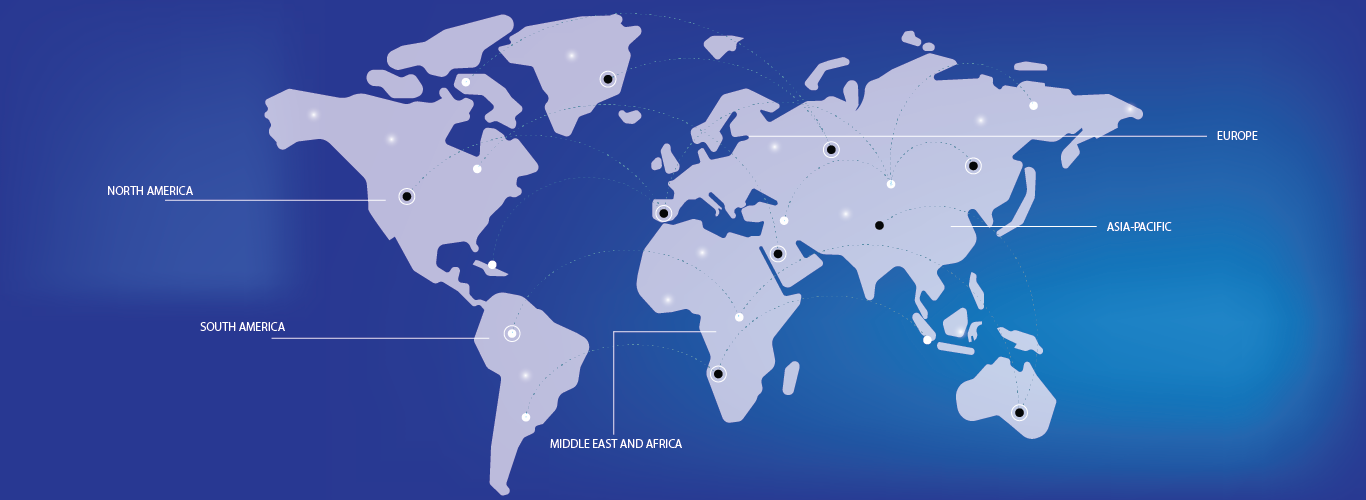According to estimates, over 9% of the global population is over 65 years old, with this segment predicted to account for around 17% of the global population by 2050. Age-related eye problems such as age-related macular degeneration, cataract, diabetic retinopathy, and glaucoma are the most common causes of blindness and impaired vision in the United States. Amblyopia and strabismus are two more frequent eye ailments.

Frequently Asked Questions
The market is segmented based on Segmentation, Type (Diabetic and Hypertensive Retinopathy, Cataracts, Age-Related Macular Degeneration (AMD), Thyroid Ophthalmopathy (Grave’s Disease), Glaucoma Dry Eye, Others), Medication (Anti-inflammatory, Anti-glaucoma, Lubricating Agents, Immunosuppressive, Others), Product Type (Eye Drops, Eye Ointment, Gel, Liquid Wipes, Others), Route of Administration (Oral, Parenteral, Ocular, Others), End-Users (Hospitals, Specialty Clinics, Homecare, Others), Distribution Channel (Hospital Pharmacy, Retail Pharmacy, Online Pharmacy, Others) – Industry Trends and Forecast to 2032
.
The Global Chronic Eye Diseases Market size was valued at USD 25.01 USD Million in 2024.
The Global Chronic Eye Diseases Market is projected to grow at a CAGR of 6.3% during the forecast period of 2025 to 2032.
The market report covers data from the U.S., Canada and Mexico in North America, Germany, France, U.K., Netherlands, Switzerland, Belgium, Russia, Italy, Spain, Turkey, Rest of Europe in Europe, China, Japan, India, South Korea, Singapore, Malaysia, Australia, Thailand, Indonesia, Philippines, Rest of Asia-Pacific (APAC) in the Asia-Pacific (APAC), Saudi Arabia, U.A.E, South Africa, Egypt, Israel, Rest of Middle East and Africa (MEA) as a part of Middle East and Africa (MEA), Brazil, Argentina and Rest of South America as part of South America.






